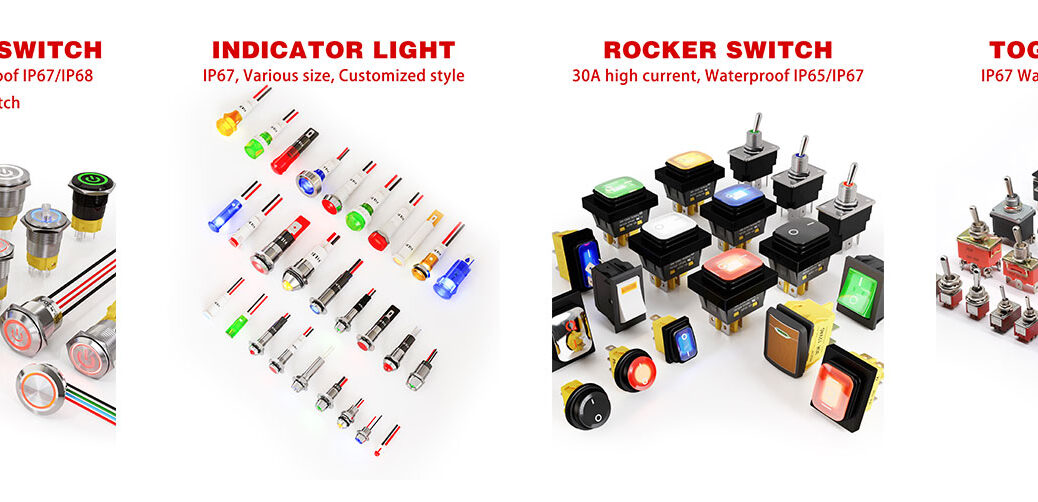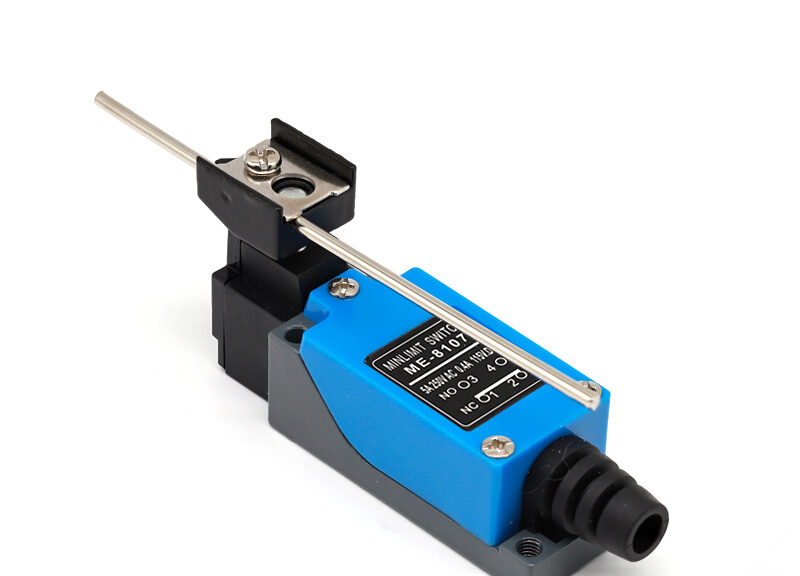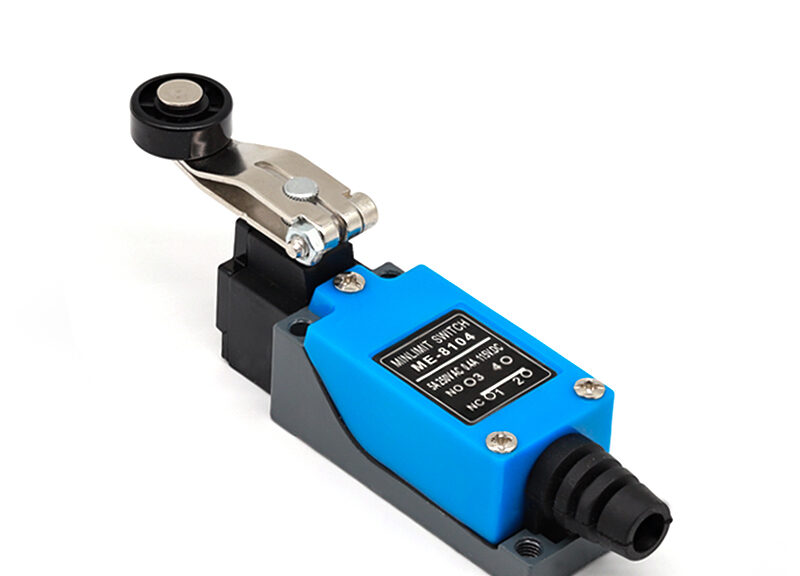A Legacy of Innovation Meets Global Excellence
Founded in 1998, FILN Company has grown to become an emblematic figure in the production of user-interface components such as buttons, indicator lights, and rocker switches. With a formidable blend of technical research and development capabilities and a robust 6S scale production workshop, FILN stands tall with over 200 dedicated employees. The company prides itself on a savvy sales team rich in product knowledge, poised to resolve queries and deliver solutions with unmatched efficiency to a global clientele.
As the dust settles on the prestigious Guangzhou Fair, FILN is gearing up to take center stage at the Hannover Messe, a crown jewel in trade fairs. Scheduled for April 22-26, 2024, FILN will showcase an array of engineering marvels at their pavilion. You can find us at Hall 12-F40-23.

Curating Excellence: FILN’s Rich Tapestry of Products
At Hannover Messe 2024, FILN is set to unveil seven predominant product series: indicator lights, push buttons, rocker switches, micro travel switches, toggle switches, power switches, and overload protectors.
Each series boasts a rich variety of samples, encompassing diverse sizes and functionalities. The meticulously prepared collection is a testament to FILN’s commitment to excellence and precision in catering to every nuanced customer need.
- Indicator Lights: Illuminate your projects with a variety of brightness levels and colors.
- Push Button Switches: Experience durability and elegance with switches that convey the precision of your operations.
- Rocker Switches: Customizable solutions for a tactile and functional interface.
- Micro Travel Switches: Ensure precision and reliability with switches designed for meticulous tasks.
- Toggle Switches: Combine classic design with modern technology for a switch that stands the test of time.
- Power Switches: Power up with confidence, thanks to switches built for safety and efficiency.
- Overload Protectors: Protect your investments with reliable and resilient circuit protection options.


Hannover Messe: A Cradle of Global Trade and Innovation
Delving into the annals of Hannover Messe history, one uncovers a timeline marked with milestones of innovation and global trade synergy. Since its inception, the fair has been a fertile ground for ground-breaking tech, market trends, and cross-border collaborations.
Each year, Hannover Messe becomes a hub that mirrors the pulse of the market. It garners palpable market feedback that shapes industry trajectories and stokes the fires of advancement and ingenuity. FILN has been a credible participant, harnessing this vibrant energy to propel its quest for quality and innovation.
A Cordial Invitation to Experience Innovation Firsthand
In the spirit of shared progress and pioneering advancements, FILN extends a warm invitation to visitors of Hannover Messe 2024. Dive into a world where skilled craftsmanship meets cutting-edge technology. FILN’s booth, a beacon of technological prowess, awaits your presence.
Mark the Dates:
Come join us – April 22-26 to immerse yourself in a journey of switch solutions that meld creativity with functionality. Revel in the atmosphere of the future at Hall 12-F40-23.
The FILN promise: a confluence of invention and reliability, tailored to power your enterprise to its next peak of excellence.
See you there!










